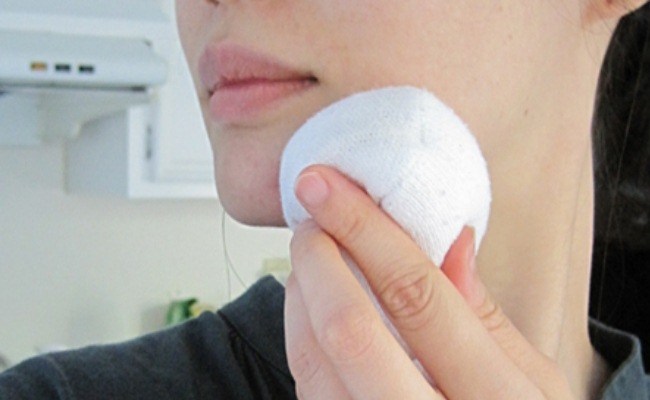What are Sebaceous cysts?
Sebaceous cysts are a small lump under the skin which can happen to any age group, although the condition is less common among children and teens. These cysts occur on upper body parts like face, ears, neck or upper back/chest. In men, these can also grow on their scrotum and chest. They are smooth to the touch and vary in size and shape. Sebaceous cyst treatment is possible and is widely available.
Sebaceous glands are found throughout the body in the scalps and skin except for the palms of hands and soles of the feet. They secrete an oily substance, called the sebum which helps lubricate the skin.

What are its Types?
Sebaceous cysts can be divided into two sub categories, Epidermoid cysts and Pillar cysts, which originate from epidermis and hair follicles respectively.
Epidermis are the cells that make up your skin. These cells constantly grow and multiply and shed after a period of time. If these cells start growing under the skin, this leads to cyst formation. Hair follicles are the organs that produce hair on our skin. Pilar cyst is more common in females and is often inherited in an autosomal dominant pattern. The name Sebaceous cyst is a misnomer since, neither of the two cysts originates from the sebaceous glands. This is the reason, now a day doctors don’t call them sebaceous cysts and prefer calling them Epidermoid and Pilar cysts only.
What are its Causes?
The cause of occurrence of sebaceous cysts could be swollen hair follicles, high testosterone levels or consumption of androgenic anabolic steroids. Hereditary causes of this include Gardner’s syndrome and basal cell nevus syndrome.
Sebaceous cysts grow slowly under the skin and contain keratin, which is a fibrous protein. These cysts can grow under the skin without any pain and are generally not cancerous. In some cases, these cysts can disappear on their own. If it has become tender or swollen, you must put warm moist compress over the affected area, which may hep it drain. Do not try to pop or squeeze it, since that could only increase the discomfort and won’t be of any help. You need a medical attention if it is causing any discomfort and getting inflamed. In rare cases, the cyst may become cancerous and need to be removed and sent for biopsy.
What are the Available Treatments?
Sebaceous cyst treatment includes removal of the cyst which is the most effective method both for cosmetic as well as medical reasons. There are two procedures to perform this excision, first is total excision, which is an invasive procedure that removes the entire cyst and the second is minimal excision that removes the cyst wall and its contents but is done in a very small area for cosmetic reasons. Local anesthesia is provided to numb the area in both the cases. If there is only one cyst, usually the cure rate is 100% but if it has scattered, it may come up again.
There might be some clinics which would endorse the method of squeezing the contents out of your skin which can risk spreading of infection and has high occurrence rate.
Oral antibiotics are prescribed both before and after the surgery and in some cases, antibiotic ointment is used to cover the wound.
Choose a dermatology clinic wisely since a badly performed operation can not only put a scar on the area but also does not ensure that it will never come again. Keep in mind that the clinic must have experienced medical professionals to carry out the operation.

